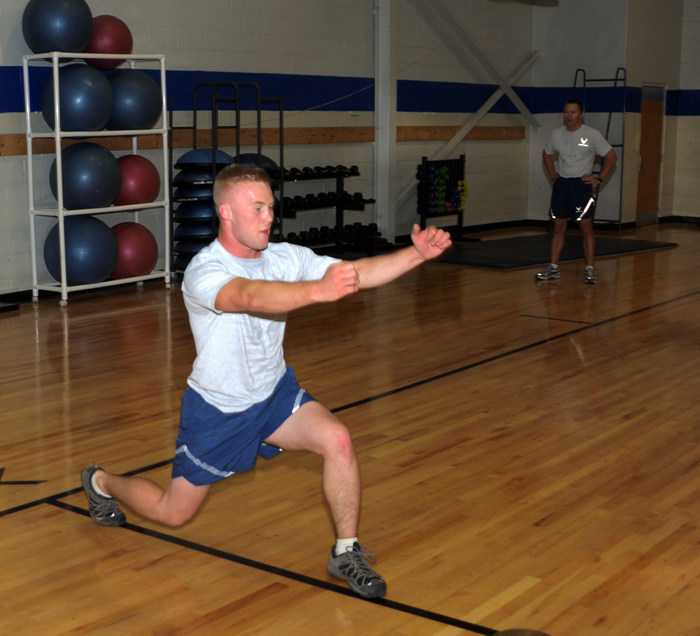Phuket Health: Let your three planes of motion take flight

PHUKET: A few weeks ago, I tried to convince members of the Phuket fitness community to ditch the gym and convert to functional training.
When I was explaining what exactly functional training is, I mentioned something called the three planes of motion (story here).
Since then, I have received a slew of comments and questions regarding the three planes of motion, and how they are related to health and fitness.
What is a plane, exactly? Let me be clear, I am not talking about what the Wright brothers’ invented. To help understand what a plane is, imagine a two-dimensional surface that goes on forever.
Why is there this concept of planes of motion, and why did it come about? To put it simply, the theory was created as a way to assess, categorize and analyze movement in the human body.
The most important question I am asked, though, is how do the planes of motion relate to fitness?
In terms of optimal health and performance, the planes are pretty important. Our bodies function in all of them. If we only train in one, that will result in performance issues, especially for athletes playing a sport.
But how does this affect the average gym-goer? I often spot people at the gym only working in the sagittal plane, which can lead to muscle imbalances, postural problems and a decrease in performance. If you get stuck training in only one of the planes, you will have a tough time moving in the others, which is something we do every day.
The three planes
Sagittal plane: Imagine you have one sheet of glass on your left, and one on your right, only millimeters away from your shoulders. This creates a very narrow hallway. What movements can you do? You can walk forward, bend over, or do some bicep curls or lunges. This is your sagittal plane.
Frontal plane: This time, imagine the sheets of glass are now in front of and behind you, again, just millimeters away from your back and chest. What movements can you do now? You cannot do bicep curls or lunges, but can you do a lateral raise, pull up or a side lunge? Yes – and now you know which movements occur in the frontal plane.
Transversal plane: This one is a little more complicated than the others, and can’t be explained well with my sheet of glass analogy. Movements in the transversal plane are rotational, which include actions like oblique crunches, Russian twists and axe chops. They are also used when playing golf or taking a swing with a baseball bat.
Movements in all three planes should be employed in every workout routine and almost every fitness class. One exception is spin classes – spinners won’t make much use of the frontal plane.
Since our daily life requires us to use all the planes of motion, being efficient with them is key for optimal health and movement ability. Be mindful of your movements and of the three planes of motion.
Krix Luther is a fully qualified personal trainer with nearly a decade of experience specializing in strength and conditioning. He is based in Rawai at Supa Muay Thai, where he holds fitness classes three times a week. For more information about Krix and his services, visit thevitruvianmethod.com
— Krix Luther
Latest Thailand News
Follow The Thaiger on Google News:


























